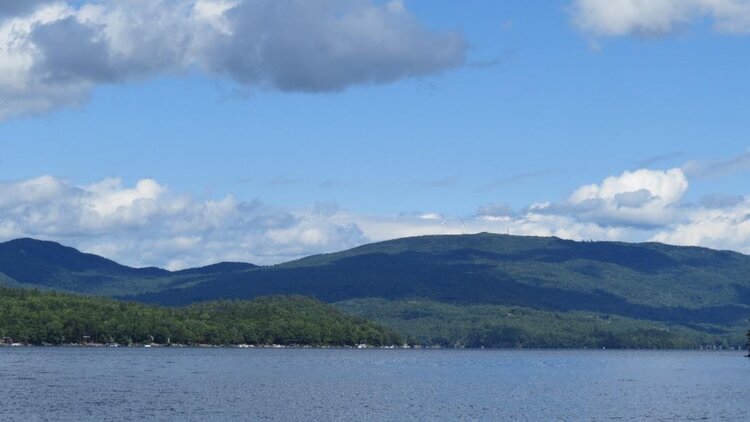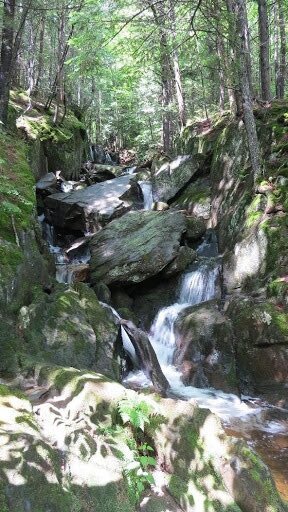It’s hard to believe that five months have already come and gone. From May’s spring flowers we are now into October with colorful leaves underfoot and Halloween decorations popping up in local front yards. We are still working hard, weeding and pruning in the garden beds, laying gravel and dirt on the pathways and trails at Grey Rocks, and preparing for some fall events. With October being my last month with the NLRA as a watershed steward and this being my last journal I have come to realize something. I never did end up talking more about our water quality testing!
All jokes aside, it has been an interesting season for water sampling. As some may remember from Ryan’s past journals the Madelaine, NLRA’s EcoTour and water sampling boat, has had some mechanical issues, limiting the number of lake sampling trips this season. We were able to get out and collect samples a handful of times, enjoying a break from the confines of land and getting stunning views of the shoreline and distant mountains. Our lake sampling involved collecting physical measures of the water, such as temperature and clarity. Surface conditions, such as the presence of waves, clouds, and the amount of wind were recorded for each site. We also collected a water sample down to a specific depth, representing the warmest top layer, or epilimnion. These samples were brought back to the NLRA office for some lab prep before later being transported to University of New Hampshire for further testing.

The NLRA also collects samples from a number of tributaries around Newfound Lake. Tributary sampling is not dependent on the Madelaine, rather of how far your car can go! We sample from sites along the Cockermouth River in North Groton, down to the Fowler River in Alexandria, and over to Whittemore Brook in Bridgewater, among others. This process involves the surely unusual looking procedure of two people hopping out of a car, one holding a clipboard and dropping a probe in the water while the other scurries down the side of the bank with bottles in hand. If perplexed citizens ask, as they often do, we explain that we are collecting water samples and data along the river/brook. Like with the lake sampling, we record measures of water temperature but also dissolved oxygen and conductivity (a measure that can help us see if materials like road salts are present). Again, we note the weather and water conditions for each site. Finally these samples receive some processing before being sent off to UNH’s labs for further testing.

Much like lake sampling, tributary sampling can be rewarding with views of hidden waterfalls and small overlooks tucked in along the sampling route. For example the water carved rocks seen at several sample sites along the Fowler River or the view of the surrounding hills reflected in Dick Brown Pond. Hopefully the next watershed stewards will enjoy the views and hidden places of these water sampling trips just as much as I did! This season with the NLRA allowed me the opportunity to not only contribute to conservation efforts but to see several of the places that could benefit from the sampling I was taking part in.

